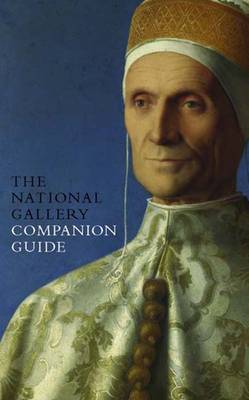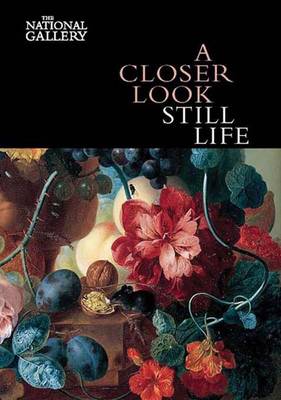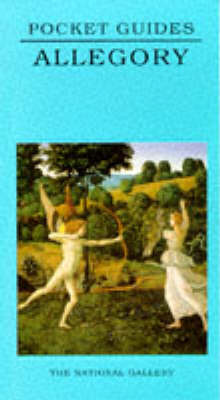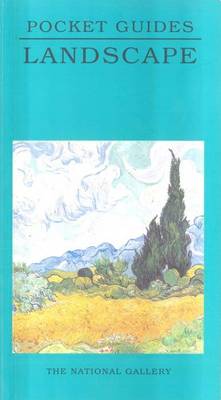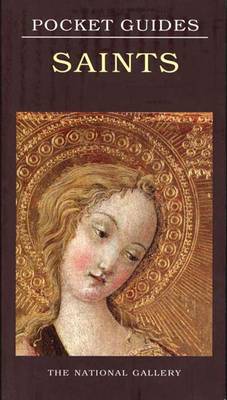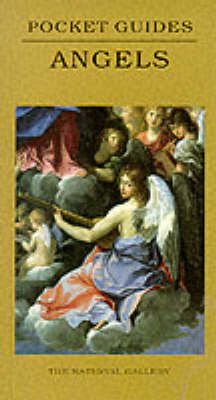National Gallery London Publications
6 total works
What is still life? We are familiar with the objects portrayed but have difficulty explaining the essence of this popular art form. Erika Langmuir examines the special fascination of still life, and what distinguishes it from other categories of painting. She discusses its evolution from the trompe l’oeil wall paintings of antiquity, through its revival in the age of Caravaggio and Velázquez, and again in the works of Cézanne and Picasso. Originally published as Pocket Guide Still Life, this eloquent survey benefits from a wider format, new reproductions, and updated references.
Published by National Gallery Company/Distributed by Yale University Press
